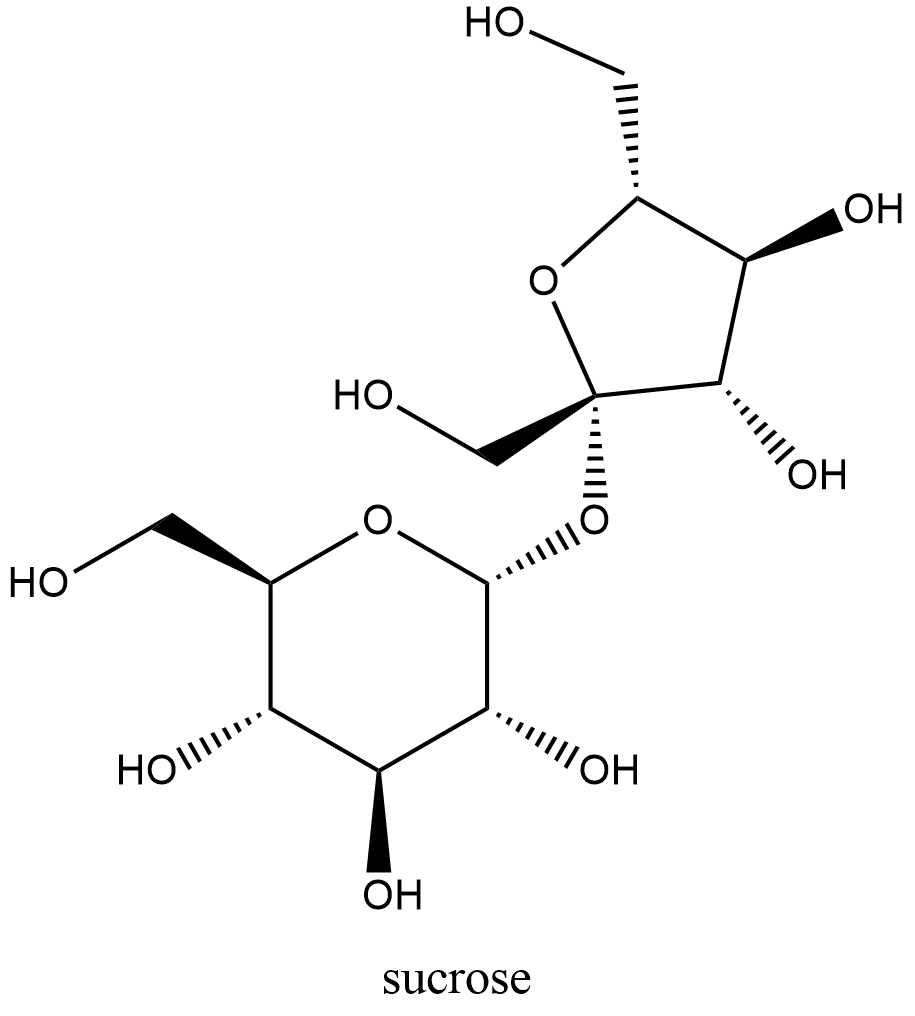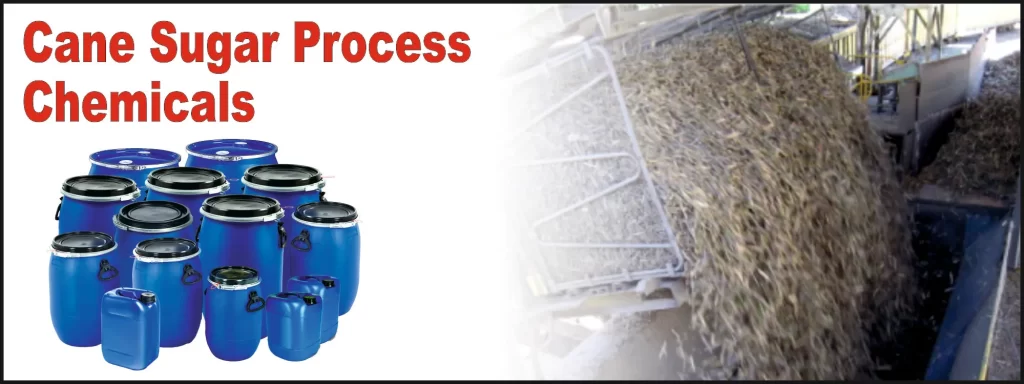The Diverse Uses of Sugar Walking Stick: From Food Products to Biofuels
Sugar Cane is a crop with varied applications that extend far beyond simple sugar. Its items range from granulated sugar and molasses to fermented liquors and lasting product packaging products. Additionally, it contributes in the production of renewable biofuels. Comprehending these complex uses exposes the environmental and economic value of sugar Cane growing. The effects of its growing practices increase questions worth exploring additionally.
The Role of Sugar Cane in Sugar Manufacturing
Sugar Cane is often associated largely with its pleasant taste, it plays a crucial duty in the manufacturing of various sweeteners worldwide. The process starts with removing juice from sugar walking cane, which is then made clear and vaporized to generate raw sugar. This raw sugar undergoes further refinement to create granulated sugar, commonly utilized in families and markets. In addition to typical granulated sugar, sugar Cane is likewise the source of molasses, a thick syrup that is and keeps several nutrients made use of in baking and food preparation.
Sugar Cane offers as the structure for generating different sugar like high-fructose corn syrup and certain man-made sweeteners, which are significantly popular in food and drink manufacturing. The flexibility of sugar Cane in sweetener production not only pleases customer need for sweetness yet additionally supports various food industries, highlighting its significance beyond plain flavor.
Sugar Cane in Food Products Beyond Sweeteners
Sugar Cane uses numerous dietary benefits that expand past its duty as a sugar. Its convenience in culinary applications has actually caused cutting-edge usages in a series of foodstuff, enhancing appearances and flavors. This exploration highlights the more comprehensive contributions of sugar Cane to the food market.
Nutritional Benefits of Sugar Walking Stick
The dietary advantages of sugar Cane extend much beyond its widely known function as a sweetener. This functional plant is abundant in important nutrients, including calcium, potassium, iron, and magnesium. In addition, sugar Cane consists of anti-oxidants that assist battle oxidative stress and anxiety in the body. Its high fiber content aids in digestion and promotes digestive tract health and wellness, making it a beneficial addition to the diet regimen. Sugar Cane juice is typically consumed for its hydrating buildings and natural energy increase, offering a resource of quick carbs. The presence of phytonutrients contributes to its health benefits, potentially supporting immune feature. In general, sugar Cane supplies a range of dietary benefits, adding to a balanced and health-conscious way of life.
Culinary Applications and Innovations
While commonly acknowledged primarily for its sweetness, sugar Cane has become an ingenious active ingredient in numerous culinary applications beyond traditional sweeteners. Cooks and food suppliers are increasingly making use of sugar Cane juice and syrup to improve taste profiles in tasty recipes, marinates, and sauces. Its natural sweetness balances seasonings and acidity, making it a flexible part in worldwide foods. In addition, sugar Cane fibers are finding their means into gluten-free flours, giving structure and nutritional advantages. Cutting-edge desserts, such as sugar Cane sorbets and candies, display its special flavor, while beverages like sugar Cane mixed drinks and teas highlight its invigorating qualities. These culinary developments demonstrate sugar walking cane's potential to transform contemporary gastronomy.
The Manufacturing of Alcohols From Sugar Walking Cane
Transforming sugar Cane into liquors showcases the convenience of this exotic crop. The fermentation of sugar Cane juice or molasses results in a variety of preferred drinks, consisting of aguardiente, rum, and cachaç. These beverages are deeply rooted in the societies of sugar-producing areas, specifically in the Caribbean and South America.
The production procedure begins with the extraction of juice from freshly gathered sugar walking cane, which is after that fermented utilizing yeast. This fermentation converts the sugars into alcohol, creating a base that can be distilled for higher alcohol web content. Distillation methods differ, affecting the flavor accounts and qualities of the last item.
In addition, aging in barrels can boost the complexity and depth of flavors in spirits like rum. Generally, the change of sugar Cane right into alcoholic beverages not only highlights its agricultural importance yet additionally adds substantially to the global drink sector, supplying rich and varied experiences for customers.
Sugar Cane and Its Use in Biodegradable Packaging
Sugar walking cane's versatility extends past beverage production to ingenious applications in biodegradable product packaging. This eco-friendly resource is significantly being utilized to produce eco-friendly packaging services that decrease reliance on petroleum-based plastics. Originated from the coarse residue of sugar cane, called bagasse, manufacturers can create biodegradable products that break down faster than conventional plastics.
These sugar cane-based product packaging products use a lasting option for various markets, including food and consumer products. They not just reduce ecological effect yet likewise line up with the expanding consumer need for my site lasting practices. Additionally, sugar Cane product packaging can be crafted to preserve toughness while being light-weight, making sure that it fulfills the sensible needs of organizations.
As ecological problems intensify, the change towards biodegradable materials, such as those originated from sugar cane, offers an encouraging path towards sustainable packaging remedies that add to a round economic situation.
Checking Out Sugar Cane as a Sustainable Biofuel
As the globe seeks renewable resource sources, sugar Cane becomes an encouraging candidate for lasting biofuel production. This functional crop can be converted into ethanol, a cleaner-burning choice to nonrenewable fuel sources - What Is Sugar Cane Used For. The fermentation procedure uses the sugars extracted from the cane, causing a renewable resource source that greatly minimizes greenhouse gas discharges contrasted to traditional gas
Sugar walking cane's high energy return per hectare additional enhances its viability as a biofuel. It can be cultivated in numerous climates, making it easily accessible for lots of areas, specifically in exotic and subtropical areas. Additionally, the by-products of sugar Cane handling can be used in generating electrical power, including one more layer of sustainability to its use. The fostering of sugar cane-based biofuels not only promotes energy independence however likewise supports agricultural economic useful source climates. As a result, sugar Cane stands apart as a lasting remedy in the international change in the direction of sustainable power.
Nutritional Conveniences of Sugar Cane and Its Byproducts
The potential of sugar Cane expands beyond its duty in lasting biofuel manufacturing; it additionally supplies substantial dietary benefits. Rich in important nutrients, sugar Cane gives critical minerals such as magnesium, potassium, and calcium, which contribute to total health and wellness. Furthermore, its juice is a natural source of antioxidants, aiding to battle oxidative tension in the body.
Sugar Cane results, such as molasses, better enhance its nutritional account. Molasses is high in iron, making it a beneficial enhancement for those seeking to boost their iron intake. Both sugar Cane and its byproducts consist of dietary fiber, which aids food digestion and promotes a healthy gut.

The Environmental Influence of Sugar Cane Farming

Conversely, the cultivation procedure can bring about numerous environmental challenges. Deforestation frequently strikes give way for sugar Cane fields, which interferes with ecosystems and biodiversity. In addition, the hefty usage of fertilizers and pesticides can result in dirt deterioration and water contamination, influencing local wild animals and communities. Additionally, the intensive irrigation required in some regions can deplete water sources, bring about deficiency.
Frequently Asked Inquiries
Just How Does Sugar Cane Affect Soil Health And Wellness During Farming?
The cultivation of sugar Cane considerably influences soil wellness. It can enhance Read More Here soil framework and fertility through natural matter enhancement, but extreme use fertilizers may lead to nutrient exhaustion and soil degradation in time.
What Are the Economic Benefits of Sugar Cane Farming?
The financial advantages of sugar Cane farming include task creation, raised neighborhood income, and contributions to nationwide GDP. Additionally, sugar walking cane's adaptability enables varied market possibilities, enhancing farmers' monetary stability and promoting farming development.
Can Sugar Cane Be Expanded in Non-Tropical Regions?
Sugar Cane can be cultivated in non-tropical areas, gave the climate is frost-free and effectively cozy. What Is Sugar Cane Used For. Adaptation methods, such as utilizing and choosing suitable ranges irrigation, can enhance its development potential in these areas
What Parasites and Illness Influence Sugar Cane Crops?
Parasites such as sugarcane borers and aphids, along with conditions like red rot and corrosion, significantly effect sugar Cane plants. These threats can lower yield and quality, necessitating reliable monitoring strategies for farmers.
Just How Is Sugar Cane Harvested and Processed?
Sugar Cane is normally harvested by reducing the stalks short. After harvesting, the Cane is transported to processing facilities where it is crushed to extract juice, which is then refined right into various products.
Sugar Cane is a plant with diverse applications that expand much beyond easy sugar. The process starts with drawing out juice from sugar cane, which is then clarified and evaporated to produce raw sugar. Cutting-edge desserts, such as sugar Cane sorbets and sweets, showcase its one-of-a-kind flavor, while drinks like sugar Cane alcoholic drinks and teas highlight its stimulating high qualities. The presence of vitamins, specifically B vitamins, in sugar Cane supports energy metabolism and overall wellness (What Is Sugar Cane Used For). On one hand, sugar Cane is an eco-friendly resource that can contribute to sustainable agriculture and give biofuels, reducing dependence on fossil gas